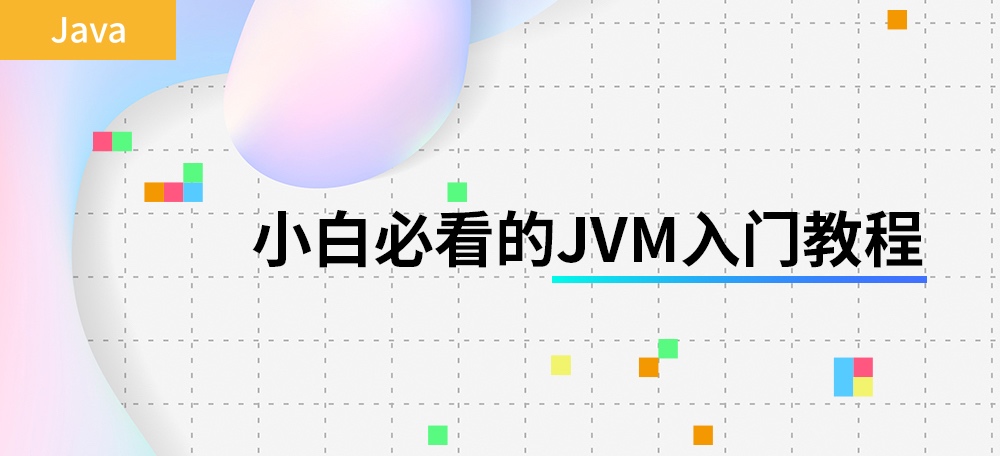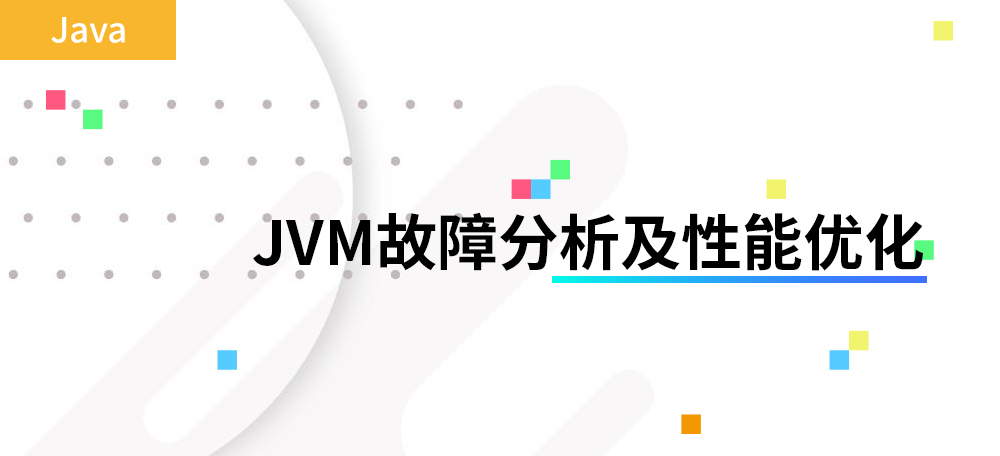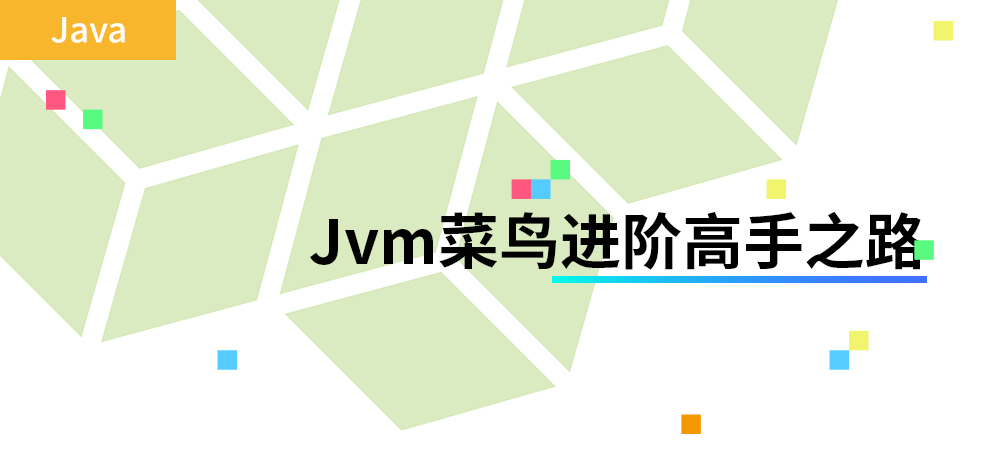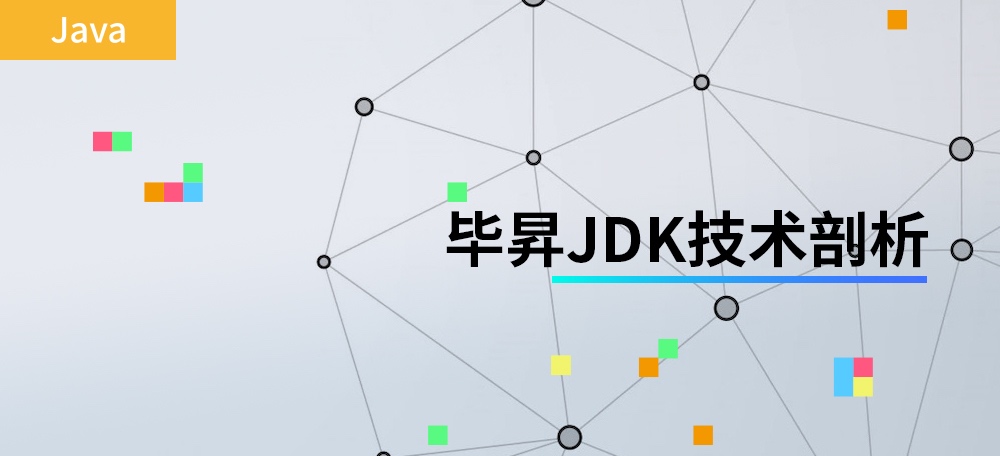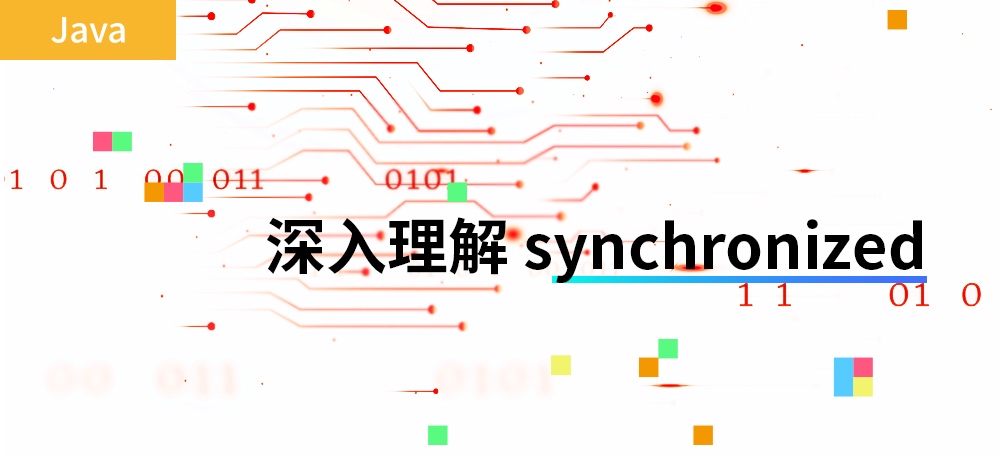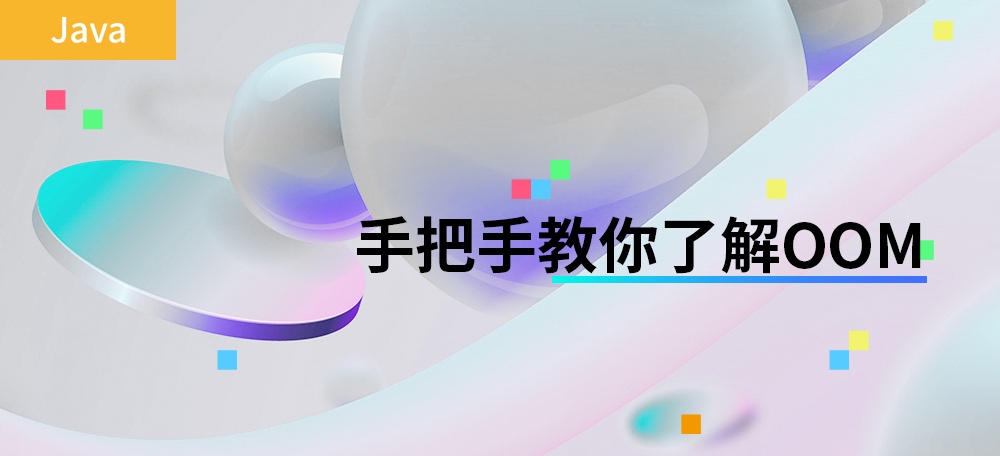实战角度分析JVM 源码分享专题
JVM源码分析之不可控的堆外内存
概述
之前写过篇文章,关于堆外内存的,JVM源码分析之堆外内存完全解读,里面重点讲了DirectByteBuffer的原理,但是今天碰到一个比较奇怪的问题,在设置了-XX:MaxDirectMemorySize=1G的前提下,然后统计所有DirectByteBuffer对象后面占用的内存达到了7G,远远超出阈值,这个问题很诡异,于是好好查了下原因,虽然最终发现是我们统计的问题,但是期间发现的其他一些问题还是值得分享一下的。
不得不提的DirectByteBuffer构造函数
打开DirectByteBuffer这个类,我们会发现有5个构造函数
DirectByteBuffer(int cap);
DirectByteBuffer(long addr, int cap, Object ob);
private DirectByteBuffer(long addr, int cap);
protected DirectByteBuffer(int cap, long addr,FileDescriptor fd,Runnable unmapper);
DirectByteBuffer(DirectBuffer db, int mark, int pos, int lim, int cap,int off)
我们从java层面创建DirectByteBuffer对象,一般都是通过ByteBuffer的allocateDirect方法
public static ByteBuffer allocateDirect(int capacity) {
return new DirectByteBuffer(capacity);
}
也就是会使用上面提到的第一个构造函数,即
DirectByteBuffer(int cap) { // package-private
super(-1, 0, cap, cap);
boolean pa = VM.isDirectMemoryPageAligned();
int ps = Bits.pageSize();
long size = Math.max(1L, (long)cap + (pa ? ps : 0));
Bits.reserveMemory(size, cap);
long base = 0;
try {
base = unsafe.allocateMemory(size);
} catch (OutOfMemoryError x) {
Bits.unreserveMemory(size, cap);
throw x;
}
unsafe.setMemory(base, size, (byte) 0);
if (pa && (base % ps != 0)) {
// Round up to page boundary
address = base + ps - (base & (ps - 1));
} else {
address = base;
}
cleaner = Cleaner.create(this, new Deallocator(base, size, cap));
att = null;
}
而这个构造函数里的Bits.reserveMemory(size, cap)方法会做堆外内存的阈值check
static void reserveMemory(long size, int cap) {
synchronized (Bits.class) {
if (!memoryLimitSet && VM.isBooted()) {
maxMemory = VM.maxDirectMemory();
memoryLimitSet = true;
}
// -XX:MaxDirectMemorySize limits the total capacity rather than the
// actual memory usage, which will differ when buffers are page
// aligned.
if (cap <= maxMemory - totalCapacity) {
reservedMemory += size;
totalCapacity += cap;
count++;
return;
}
}
System.gc();
try {
Thread.sleep(100);
} catch (InterruptedException x) {
// Restore interrupt status
Thread.currentThread().interrupt();
}
synchronized (Bits.class) {
if (totalCapacity + cap > maxMemory)
throw new OutOfMemoryError("Direct buffer memory");
reservedMemory += size;
totalCapacity += cap;
count++;
}
}
因此当我们已经分配的内存超过阈值的时候会触发一次gc动作,并重新做一次分配,如果还是超过阈值,那将会抛出OOM,因此分配动作会失败。
所以从这一切看来,只要设置了-XX:MaxDirectMemorySize=1G是不会出现超过这个阈值的情况的,会看到不断的做GC。
构造函数再探
那其他的构造函数主要是用在什么情况下的呢?
我们知道DirectByteBuffer回收靠的是里面有个cleaner的属性,但是我们发现有几个构造函数里cleaner这个属性却是null,那这种情况下他们怎么被回收呢?
那下面请大家先看下DirectByteBuffer里的这两个函数:
public ByteBuffer slice() {
int pos = this.position();
int lim = this.limit();
assert (pos <= lim);
int rem = (pos <= lim ? lim - pos : 0);
int off = (pos << 0);
assert (off >= 0);
return new DirectByteBuffer(this, -1, 0, rem, rem, off);
}
public ByteBuffer duplicate() {
return new DirectByteBuffer(this,
this.markValue(),
this.position(),
this.limit(),
this.capacity(),
0);
}
从名字和实现上基本都能猜出是干什么的了,slice其实是从一块已知的内存里取出剩下的一部分,用一个新的DirectByteBuffer对象指向它,而duplicate就是创建一个现有DirectByteBuffer的全新副本,各种指针都一样。
因此从这个实现来看,后面关联的堆外内存其实是同一块,所以如果我们做统计的时候如果仅仅将所有DirectByteBuffer对象的capacity加起来,那可能会导致算出来的结果偏大不少,这其实也是我查的那个问题,本来设置了阈值1G,但是发现达到了7G的效果。所以这种情况下使用的构造函数,可以让cleaner为null,回收靠原来的那个DirectByteBuffer对象被回收。
被遗忘的检查
但是还有种情况,也是本文要讲的重点,在jvm里可以通过jni方法回调上面的DirectByteBuffer构造函数,这个构造函数是
private DirectByteBuffer(long addr, int cap) {
super(-1, 0, cap, cap);
address = addr;
cleaner = null;
att = null;
}
而调用这个构造函数的jni方法是 jni_NewDirectByteBuffer
extern "C" jobject JNICALL jni_NewDirectByteBuffer(JNIEnv *env, void* address, jlong capacity)
{
// thread_from_jni_environment() will block if VM is gone.
JavaThread* thread = JavaThread::thread_from_jni_environment(env);
JNIWrapper("jni_NewDirectByteBuffer");
#ifndef USDT2
DTRACE_PROBE3(hotspot_jni, NewDirectByteBuffer__entry, env, address, capacity);
#else /* USDT2 */
HOTSPOT_JNI_NEWDIRECTBYTEBUFFER_ENTRY(
env, address, capacity);
#endif /* USDT2 */
if (!directBufferSupportInitializeEnded) {
if (!initializeDirectBufferSupport(env, thread)) {
#ifndef USDT2
DTRACE_PROBE1(hotspot_jni, NewDirectByteBuffer__return, NULL);
#else /* USDT2 */
HOTSPOT_JNI_NEWDIRECTBYTEBUFFER_RETURN(
NULL);
#endif /* USDT2 */
return NULL;
}
}
// Being paranoid about accidental sign extension on address
jlong addr = (jlong) ((uintptr_t) address);
// NOTE that package-private DirectByteBuffer constructor currently
// takes int capacity
jint cap = (jint) capacity;
jobject ret = env->NewObject(directByteBufferClass, directByteBufferConstructor, addr, cap);
#ifndef USDT2
DTRACE_PROBE1(hotspot_jni, NewDirectByteBuffer__return, ret);
#else /* USDT2 */
HOTSPOT_JNI_NEWDIRECTBYTEBUFFER_RETURN(
ret);
#endif /* USDT2 */
return ret;
}
想象这么种情况,我们写了一个native方法,里面分配了一块内存,同时通过上面这个方法和一个DirectByteBuffer对象关联起来,那从java层面来看这个DirectByteBuffer确实是一个有效的占有不少native内存的对象,但是这个对象后面关联的内存完全绕过了MaxDirectMemorySize的check,所以也可能给你造成这种现象,明明设置了MaxDirectMemorySize,但是发现DirectByteBuffer关联的堆外内存其实是大于它的。
- 浏览更多精彩评论
- 和开发者讨论交流,共同进步

